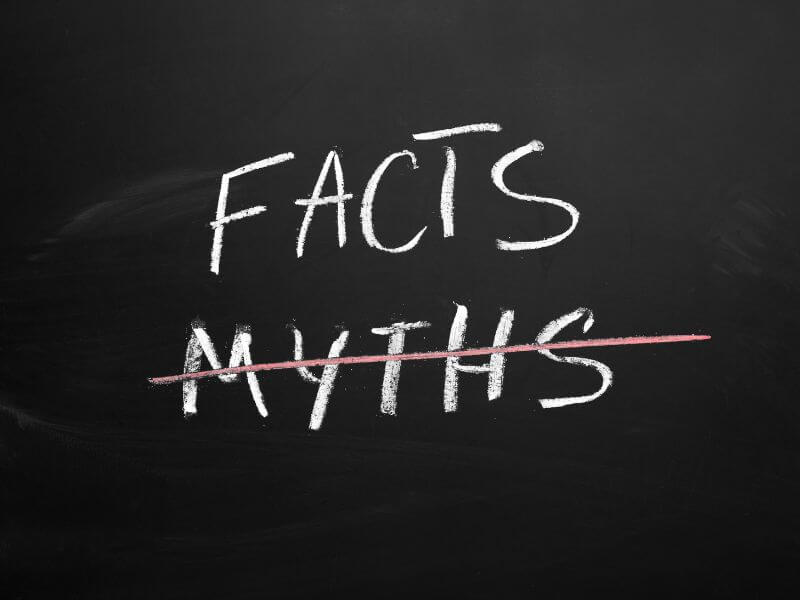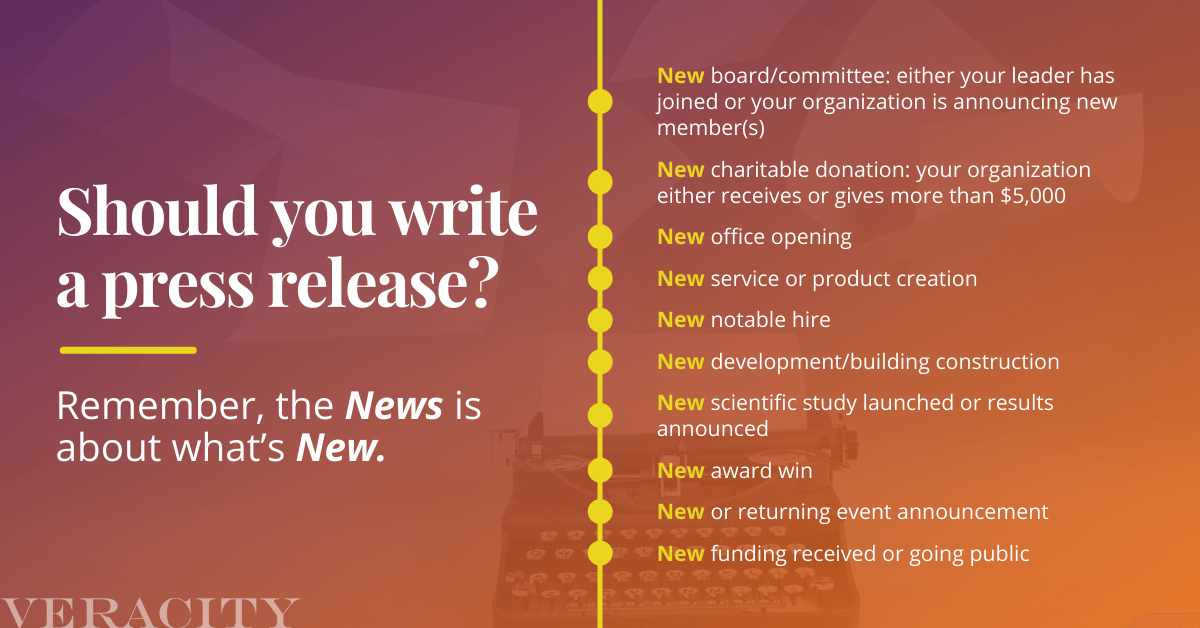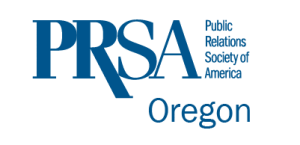
We’re Busting These Seven Common PR Myths
The practice of public relations (PR) desperately needs a rebranding. I encounter people every day with a very outdated understanding of what PR professionals do or the value we bring to an organization. With that in mind, I’m here to set the record straight by busting a few of the most stubborn PR myths.
Myth #1: All Public Relations is Media Relations
This notion may have been partially true thirty years ago when TV, radio and print media were the only available channels for sending a corporate message. However, the internet dramatically shifted the media environment. While media relations certainly plays an important role in PR, the press is not always the primary audience. Oftentimes it’s your employees or other critical stakeholders. Today, PR professionals focus on defining their important audiences and then determining the most effective and impactful methods of communicating with them.
Myth #2: PR is Only About Press Releases
PR professionals also write blog posts, internal and external newsletter copy, social media posts, bylined articles and nearly any other form of written communication that serves our broader strategy. The most important copy we write is a pitch, but that’s only for media relations which is one component of our overall approach.
Myth #3: PR Needs a Special Story
Not all things in the news are viral; sometimes, they’re just news. It’s a PR professional’s job to find those newsworthy stories and pitch them in a way media members will respond to. We do that by following a process and scheduling moves that tie in with predictable things happening in the news.
Myth #4: PR is a Distraction
Too many people see PR as just “one more thing to do.” In reality, our role is to maximize and leverage what other teams are already doing. We take our cues from our clients by meeting consistently, filling in the team’s pain points and using our expertise to enhance their existing work.
Myth #5: PR Can’t Prove ROI
This myth oversimplifies the process of attracting customers in the digital age. The industry is working on our ability to demonstrate ROI, and new media management solutions — like Muck Rack — include Google Analytics integrations. But organizations should also ask themselves where their clients actually come from. Did they really come from clicking an ad, or has there been a longer journey? This question is particularly important for businesses with a longer sales cycle. PR activities play an essential role in the consideration phase of a sales funnel and can reinforce a customer’s decision to make a purchase. Regardless, PR professionals should work with internal or external marketing and sales teams to find effective ways to measure results.
Myth #6: The Media is Irrelevant
We agree that the media may not be relevant to all organizations or situations. The PR person’s role is to simply disseminate messages either inside or outside organizations, depending on goals. One way we do this is by building internal newsrooms. Because all our work is done online, we don’t have to rely on the press. Instead, we use the same digital tools to tell relevant stories on our owned channels. This approach allows us to control the message, build employee morale, and catalog important accomplishments. Often, the internal work we do is so compelling that it gets picked up by the press. However, that’s just an added benefit.
Myth #7: Marketing is More Valuable
Some argue that it’s easier to prove the value of marketing services than it is to justify PR. In reality, PR and marketing use many of the same skills and pursue similar goals. However, organizations are likely to find that PR services provide better value than traditional marketing services. For example, any organization can purchase an ad. But not every organization gets mentioned by the media. The ancillary benefits that come with PR can include award wins, crisis mitigation, better SEO and more. All of this generates higher-quality content, which in turn generates higher-quality leads.
The Work is Most Important
Unfortunately, we may never fully do away with some of these more persistent myths, and the outdated image of a well-connected spin master will live on forever in the minds of many. That’s why the most effective means of proving the value of competent PR will always come through the work. Even if we never get the rebrand we deserve, PR professionals can continue demonstrating value through the thoroughness, dedication, diligence and planning we bring to every task. Those qualities always bring superior results.


![Streamlined Press Release Template [Free]](https://www.veracityagency.com/wp-content/uploads/Press-Release-Templates-custom_800x600.jpg)

![When to Use a Press Release [Podcast]](https://www.veracityagency.com/wp-content/uploads/When-to-Use-a-Press-Release-800x600-1.jpg)






